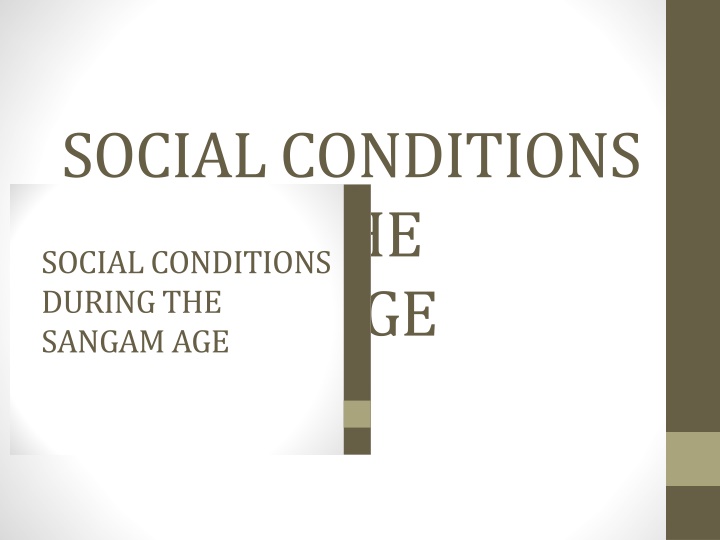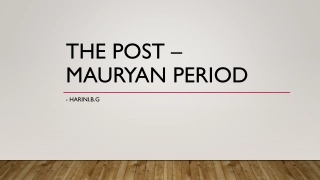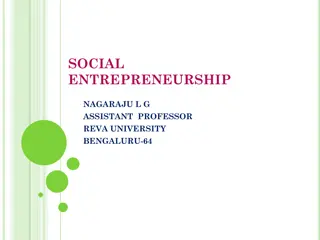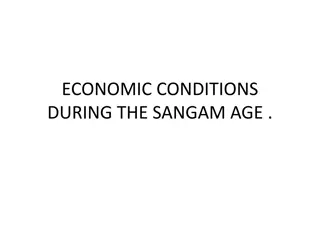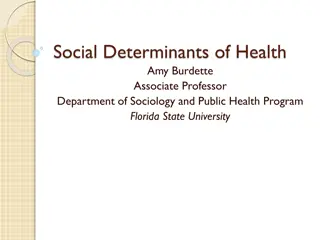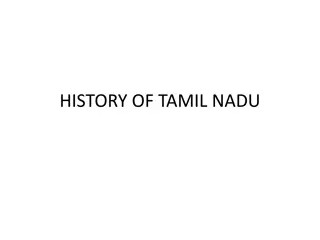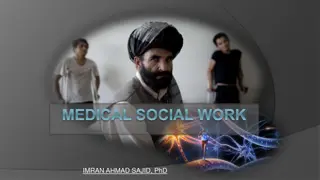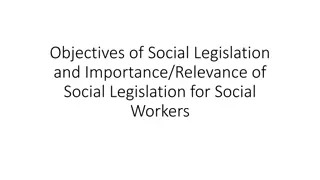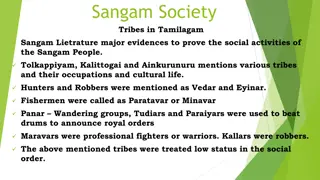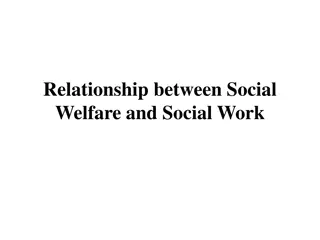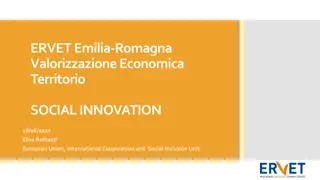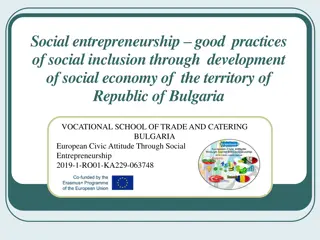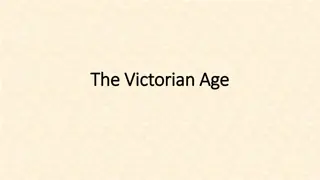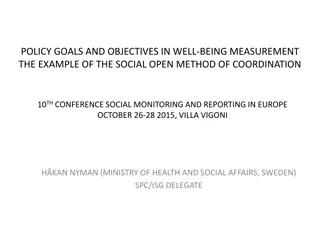Social Conditions in the Sangam Age
The Sangam Age in Tamil Nadu saw a diverse society divided into regions based on landscape, with distinct occupations and deities. People in the Kurinji region were hunters, Mullai region herded animals, Marudham region focused on agriculture, Neydal region engaged in fishing, and Palai region struggled with drought. Social divisions included Arasar, Anthanar, Vanigar, and Vellalar castes. Women were respected and valued for their natural qualities.
Download Presentation

Please find below an Image/Link to download the presentation.
The content on the website is provided AS IS for your information and personal use only. It may not be sold, licensed, or shared on other websites without obtaining consent from the author.If you encounter any issues during the download, it is possible that the publisher has removed the file from their server.
You are allowed to download the files provided on this website for personal or commercial use, subject to the condition that they are used lawfully. All files are the property of their respective owners.
The content on the website is provided AS IS for your information and personal use only. It may not be sold, licensed, or shared on other websites without obtaining consent from the author.
E N D
Presentation Transcript
SOCIAL CONDITIONS DURING THE SANGAM AGE SANGAM AGE SOCIAL CONDITIONS DURING THE
Introduction In the Sangam Age , the Tamil people had a common language and Culture . In the Sangam Age , the Tamil people lived in five different natural landscapes or geographical regions were known as Tinais Tolkappiyam refers to the Five Fold division of lands __ Kurinji ( hilly tracks ) Mullai ( Pastoral ) , Marutham ( Agricultural ) , Neydal ( Coastal ) and Palai ( Desert ) Kurinji ___ It refers to the Hilly region The people in these region were called Vettuvar and Kuravar . Hunting was their primary occupation . They also cultivated fruits and vegetables and gathered honey . They worshipped Murugan or Seyon .
Mullai __ It is a forest tract with green pastures . The people of the Mullai region domesticated animals . The people of the Mullai region being Shepherds . They produced dairy products like Milk , Curd and Ghee . Their chief Deity was Thirumal or Mayon . Marudham __ It refers to Fertile and Cultivable lands Most of the people in Marudham region were called as Vellalars because they practised agriculture . Marudham region people cultivated Paddy , Sugar cane and a variety of fruits like Mango , Plantain and Jackfruit .Irrigation methods were also known to them . Their chief deity was Indra or the rain God .
Neydal __ Neydal was the Coastal region The people of this region were known as Parathvar or Meenavar . Fishing was their natural occupation . They were also famous Sailors . They produced and Sold Salt and Fish .They were called Umanar . The God of the Neydal region was Varunan or the God of the Sea . Palai ___ The term palai refers to the desert region . But , there was no desert in the Tamil Country . It could be said that whenever there was drought due to failure of rains , that region was called as Palai .
The people of Palai region were called as Maravar or Kalvar . They were forced to live as robbers due to poverty . Maravar were also known for their Heroism . They worshipped the Goddess Kotravai or Kali Social Divisions Tolkappiyam refers to four castes namely Arasar , Anthanar ,Vanigar and Vellalar . The ruling class was called Arasar The class which spread knowledge were Anthanars , who had been religious priests Vanigars carried on trade and commerce . The Vellalars were Agriculturists .
Other tribal groups like Parathavar , Panar , Eyinar , Kadambar , Maravar and Pulaiyar were also found in the Sangam society . Status of Women Women were treated with special consideration . The natural feminine qualities such as Achcham , Madam , Nanam and Payirpu were insisted in the Sangam literature . The Chastity was worshipped by the people . The Heroine of Silappathigaram , Kannagi had been hailed for her Chastity and worshipped by the people . The women were given freedom to choose their life partners . Women treated their husbands as equivalent to God . They were not permitted to remarry and inherit property .
Sati or the custom of Self immolation at the death of ones husband was not generally prevalent during this period . Some women from the royal family indulged in the practice of Sati A women had to play different roles in the family such as a dutiful wife , responsible mother and an ideal hostess to guests . Women s Education was also insisted during the Sangam Age. women poets like Avvaiyar , Kakkai Padiniyar and Nachchellaiyar , whose verses are found in the Sangam literature . Chivalry . The Tamil people had observed certain Social , Religious and Moral customs , possessed the qualities of courage , Honour , Courtesy and Loyalty . The Chera King Neduncheralathan went up to the Himalayas and returned victoriously , assumed the title of Himayavaramban .
The ancient Tamils had the practice of raising hero stones called Virakkals in honour of the heroes who died while fighting for the king , receiving wounds in the battlefields at the back was considered as a shameful deed. They were also known as Hero Stones or Nadukal . The Purananooru apeaks about the Chivalry of the Ancient Tamils . Food and Hospitality Rice was their stable food The food habits varied among the people according to their economic status . Chewing betel leaves was most common among the people . Offering betel leaves to quests had become a social formality .
Dress and Ornaments The Sangam Tamils paid more attention to their hairstyle and dress according to their status . The rich wore silk and fine cotton garments . The middle class people generally wore a clothes made of cotton . They used flowers like Jasmine to decorate their plaits and tufts . Both men and women used perfumes made of Sandal and flowers . The Sangam literature refers to a variety of ornaments made of Gold , Silver , Pearls and Precious Stones worn by both men and women . Poor people used ornaments made of Shells and Beads .
Religion The Sangam people worshipped the natural objects , the Sun , the Moon , the Earth , the Rivers and the Mountains . The Neem Tree was considered sacred . The primary deity of the Sangam period was Murugan , who is hailed as Tamil God . The festivals relating to God Murugan was mentioned in the Sangam literature . Other Gods worshipped during the Sangam period were Mayon , Indra , Varunan and Kotravai .
Cultural Life : The Sangam Tamils enjoyed a high degree of cultural life . Their interest in Education , Literature , Music , Dance , Drama and Festivals have been described in the Sangam literature . Fine Arts : The Sangam Tamils developed the concept of Muthamizh __ Iyal, Isai and Natakam . The Panars or bards were experts in music . They moved from place to place singing Bards in praise of kings and local chieftains . Later , The Tamils developed musical notes or Swarams . The Musical tune was known as Pann . Famous instruments , Drums , Flute and Lutes were used . Attam and Koothu were performed during festivals time .
Tolkappiyam refers to Natakam or Drama The art of painting was also known to the Sangam Tamils They celebrated Kaarthigai and Indra festivals . The Indra festival had been celebrated annually at puhar . The royal courts were croweded with singing Bards called Panar and Viraliyar They were experts in folk songs and folk dances The art of Music and Dancing were highly developed . __________
